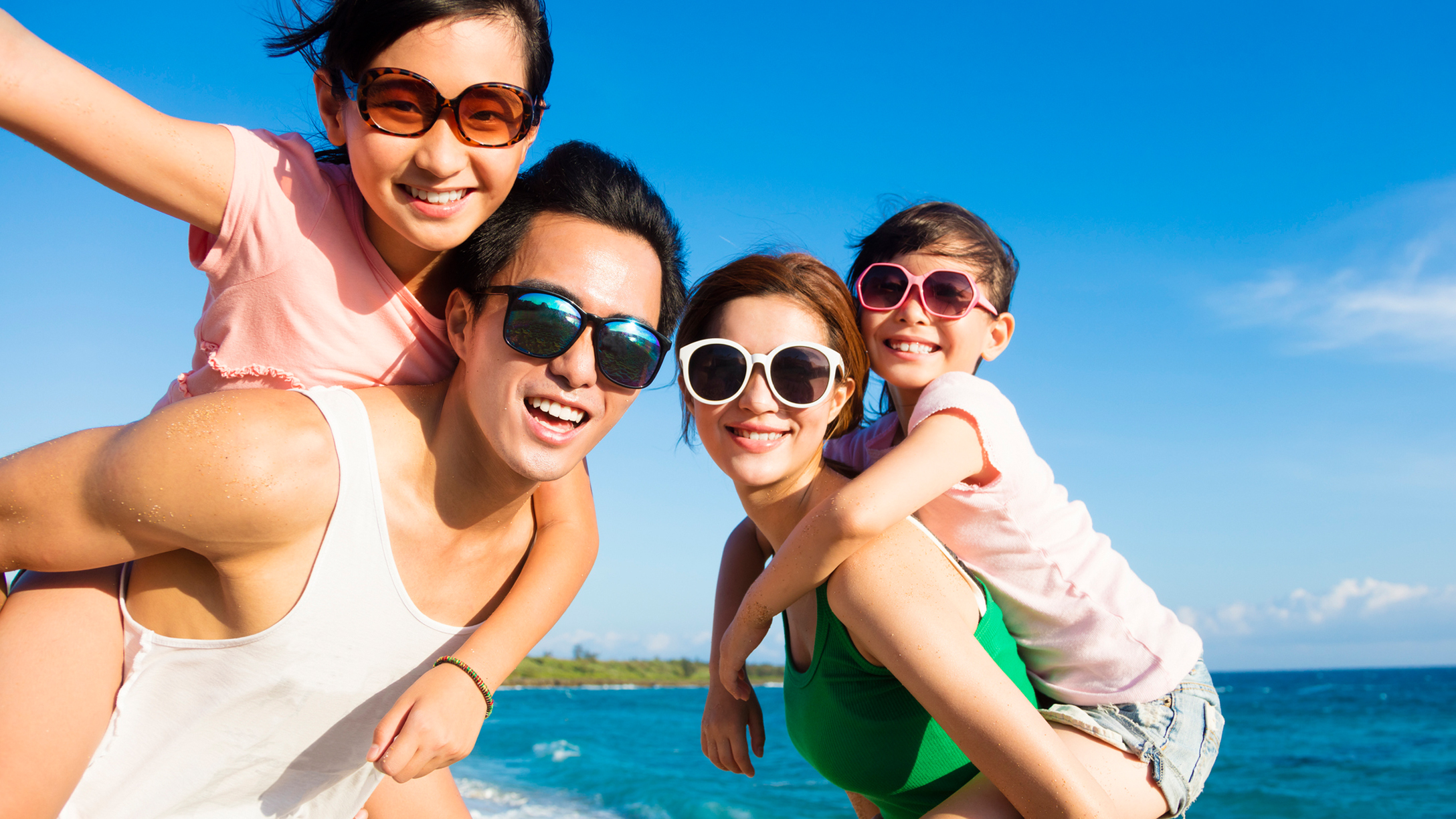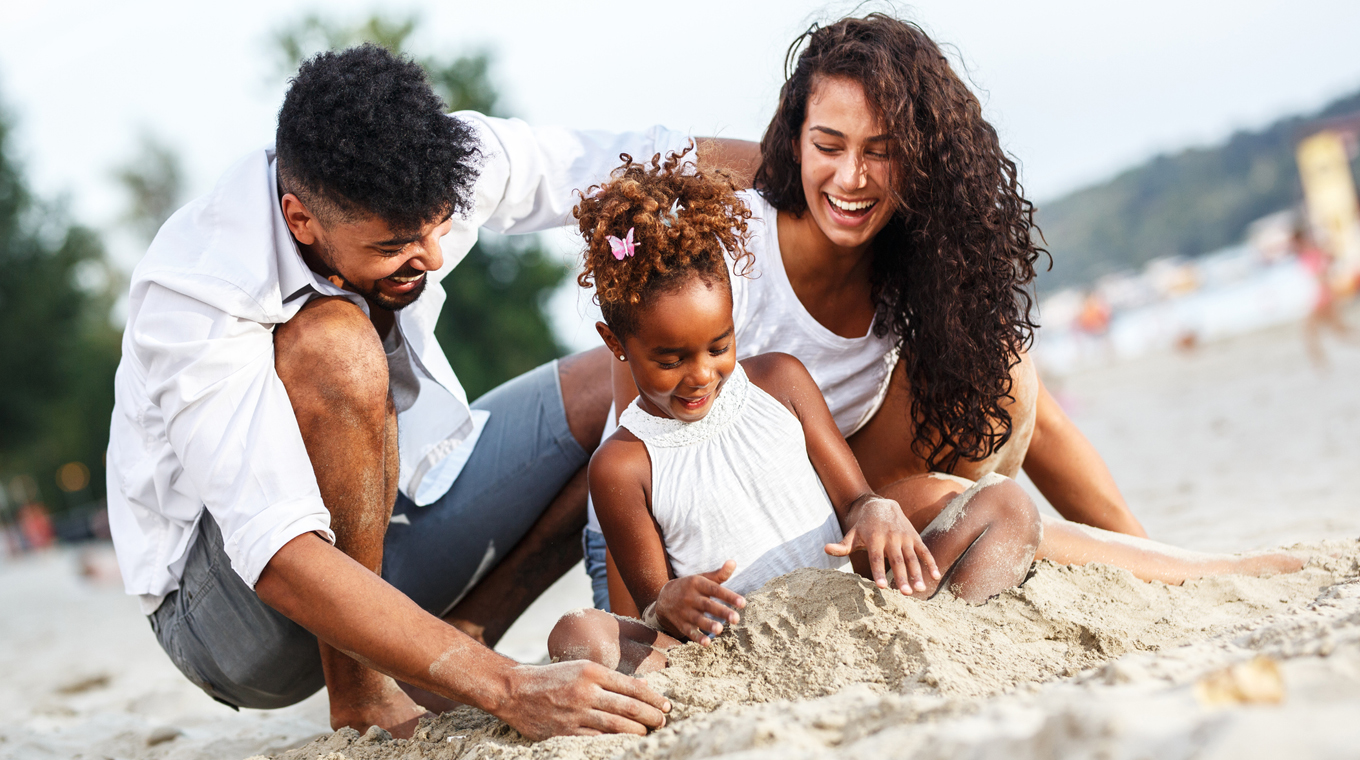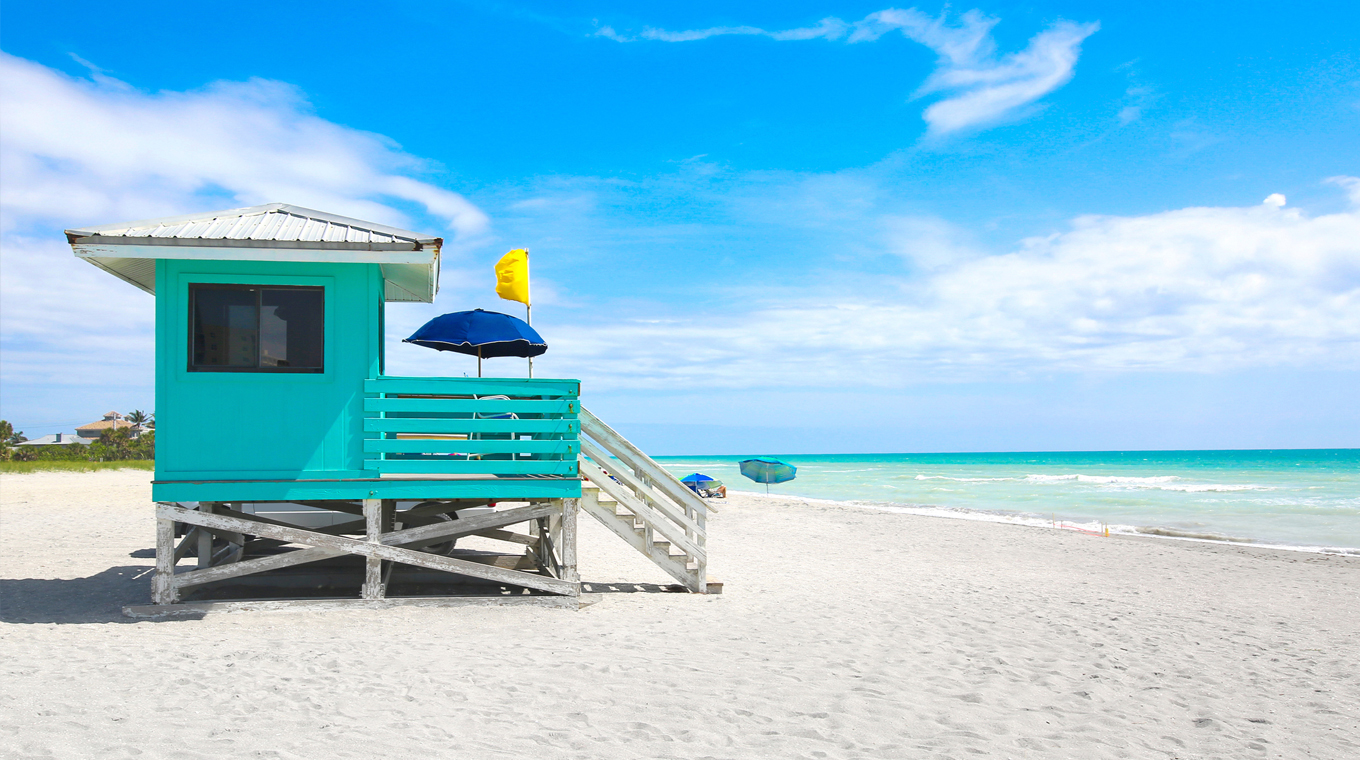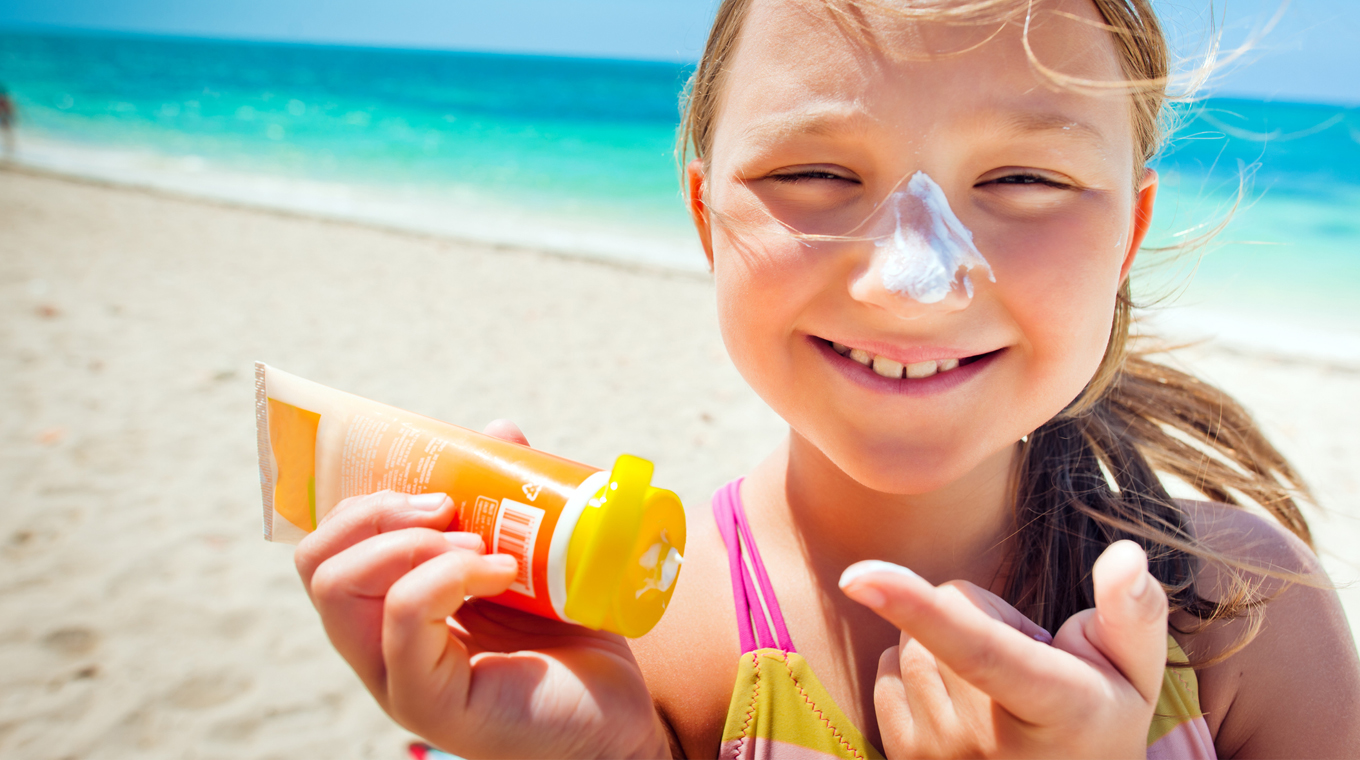
In this article
The Memorial Day holiday showed just how badly people want to get out and enjoy the beach. But as we saw from the huge crowds on that weekend, the COVID-19 virus curve spiked from mass crowds and lack of social distancing. Still, getting outside is as important to our mental health as it is our physical health. Unsure about whether it’s safe?
“There have been lots of mixed messages floating around, as we are told being outside is safer, but others worry that limited social distancing is being practiced, with beach photos showing completely full beaches," Dr. Giuseppe Aragona told Mom.com. "The important thing to remember is that technically both of these points are right — outside does create a safe space. But this isn't completely safe. There is just less chance of catching something.”
As more family-friendly beaches open up, here are some tips to help keep everyone in your family safe from COVID-19 and innate beach dangers.
Know these COVID-19 rules before you hit the beach

Cities across the country are looking to reopen beaches but only in a safe manner. With the spike of COVID-19 cases after Memorial Day weekend, city officials are reluctant to simply trust people will do the right thing. As such, you may find certain rules and restrictions imposed at your favorite beach.
Here is what to do when planning a beach day:
- Check to see if the beach is open: Look at city websites, or call your parks and recreation number to make sure the beaches are open.
- Ask about parking: The beach may be open, but parking may be limited and you might get a ticket (or towed) if you park in certain areas, especially on streets lining the beaches.
- Note rules on groups: Some beaches are limiting the number in your group to around 10 — check what your city or county rules are regarding gatherings.
- Be prepared to wear a mask: You’ll be able to do most beach activities without a mask, but you should always have one and be ready to show it upon request.
- Inquire about public restroom facilities. Some parks and beaches have closed their restrooms during COVID-19.
- Follow official rules on social distancing: Some beaches are cordoning off 18 square foot sections. If your beach isn’t doing something like this, make sure to be smart about how you set up base camp for the day, giving everyone around you plenty of space to social distance.
Tips for water and beach safety

Going to the beach is suddenly more complicated: Along with the usual sand and water safety concerns for you and your kids, there's the extra layer of COVID-19 conditions and precautions. Here are some tips if you're planning a beach day:
- Check with lifeguards or local beach websites about the conditions of the water before you venture out. Off-shore storms may be creating stronger-than-normal currents, and if you haven’t been to the beach recently, you may be caught in a precarious scenario. Pay attention to signs indicating strong currents or undertows, hazards such as jellyfish or sharks, and, if it has been raining, potential drainage issues dirtying the water.
- Not all beaches have lifeguards, and realize that bystanders are likely to be cautious about rendering aid during the pandemic. Lifeguards will likely be equipped with HEPPA-filtered respirators and face shields for their own protection.
- You’ll likely be asked to remain in small groups with social distancing between groups.
- You won’t be asked to wear a mask in the water, and can likely keep it off while in your area on the beach. But do be prepared to present one if asked. You’ll need to wear a mask in the bathrooms and at concessions.
- Note that some beaches are restricting the use of floats in the water as they often come close to others who may come in contact with them, increasing the chances of spreading the virus.
California mom of two Melissa Robins shared her beach strategy with Mom.com. “We go early in the morning. My kids don’t mind the cooler water and just love having the beach to themselves. They get to have a blast, and I feel better that we are being as safe as possible.”
Avoid sun exposure risks

Beaches are fun and we love them, but they are a prime location for a lot of sun exposure risks. The first is, of course, sunburn. If you’ve been indoors for most of the spring like most of us have, the risk of sunburn is even greater. Remember that sunburns increase your chances of developing skin cancer later in life, not to mention that they can be dangerous in and of themselves, leading to extreme pain and infection. Use sunscreen, reapplying it regularly while at the beach, and cover up on occasion to give your skin a break from the sun.
Another risk is overheating. Getting out and enjoying volleyball or beach activities can lead to potential sunstroke. Signs that you are overheating include a tingling sensation on the skin, a headache, and feeling nauseous. You may also start to experience fatigue or weakness while doing certain tasks. When you overheat, your heart rate becomes more rapid and you will likely be dizzy when standing up. All of these are early signs of heatstroke and a reminder to get inside where it is cooler with no sun exposure.
Of course, dehydration is a major concern when at the beach as well. Drink plenty of fluids, and try to refrain from alcoholic beverages while on the beach. These will dehydrate you as well. If you are thirsty, chances are you are already starting to become dehydrated. Dark-colored urine is another sign of dehydration. Drink cool water; it absorbs faster than cold water, which has to be warmed by your body to be absorbed.
Plan ahead, stay informed, wear a mask, and practice social distancing to make sure you and your family stay safe as you enjoy the beaches and other outdoor activities this summer.







